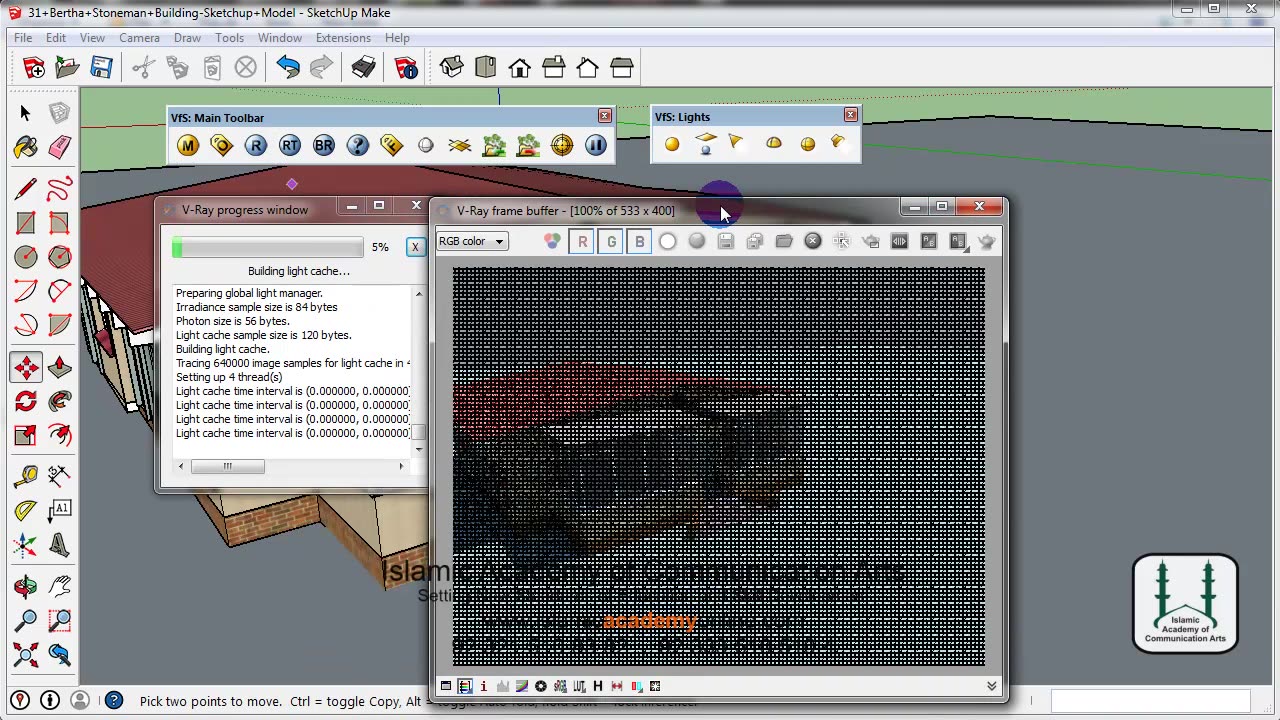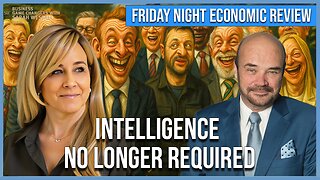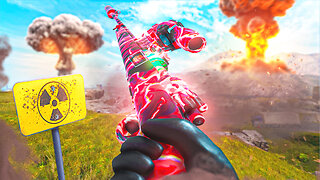Premium Only Content

V-ray rendering
V-Ray is a powerful rendering software widely used in the architecture, design, and visual effects industries. It is known for its advanced capabilities in producing highly realistic and visually stunning renderings.
With V-Ray, users can achieve accurate lighting, materials, and textures to create lifelike and immersive visualizations. It offers a range of features and tools that enable artists and designers to achieve their desired results with precision and efficiency.
Some key features of V-Ray include:
Global Illumination: V-Ray accurately simulates the behavior of light in real-world environments, allowing for realistic lighting and shading effects.
Advanced Material System: V-Ray provides a wide range of material options, including reflective surfaces, translucent materials, and physically accurate materials like glass and metal.
Realistic Textures: The software allows for the creation and application of detailed and realistic textures, enhancing the visual quality of rendered scenes.
Efficient Rendering: V-Ray optimizes rendering times through advanced algorithms and distributed rendering capabilities, allowing for faster and more efficient production workflows.
V-Ray Denoiser: This feature helps reduce noise in rendered images, resulting in cleaner and smoother final outputs.
Integration with 3D Modeling Software: V-Ray seamlessly integrates with popular 3D modeling software such as Autodesk 3ds Max, SketchUp, Rhino, and Revit, making it a versatile rendering solution.
Overall, V-Ray is widely regarded as a leading rendering software due to its robust feature set, flexibility, and ability to produce highly realistic and professional-quality renderings.
-
 11:50
11:50
Mrgunsngear
1 day ago $9.36 earnedSteiner MPS Enclosed Red Dot: Better Than The ACRO P2? 🔴
34.1K17 -
 1:27:55
1:27:55
Sarah Westall
1 day agoSelecting World Leaders: Intelligence No Longer a Prerequisite w/ Martin Armstrong
42.8K21 -
 2:03:07
2:03:07
Badlands Media
1 day agoDevolution Power Hour Ep. 393: Synthetic Reality, and the RICO Grande Strategy
74.3K26 -
 11:23:18
11:23:18
GritsGG
13 hours agoQuad Win Streaks!🫡 Most Wins in WORLD! 3600+
82K10 -
 41:16
41:16
MattMorseTV
8 hours ago $93.39 earned🔴Antifa is PREPARING for WAR.🔴
79K436 -
 2:55:38
2:55:38
cosmicvandenim
15 hours agoCOSMIC VAN DENIM | Horror Game | STOREBOUND
29.4K3 -
 50:18
50:18
Side Scrollers Podcast
8 hours agoLIVE SPECIAL EVENT - Blabs SPITS on Her Ancestors by BURNING Pasta
52.3K8 -
 6:18:07
6:18:07
putther
7 hours ago $2.96 earned⭐ Bounty Hunting on GTA Online & GTA 5 RP ❗
39.1K1 -
 2:03:20
2:03:20
Joker Effect
5 hours agoYou Will Never Believe How Cooked Kick Streamers Are. Come Debate Me If You Think I am Wrong!
31.5K3 -
 6:59:50
6:59:50
FrizzleMcDizzle
7 hours agoSilent Hill f - NEW HORROR GAME - COME CHAT
28.2K3